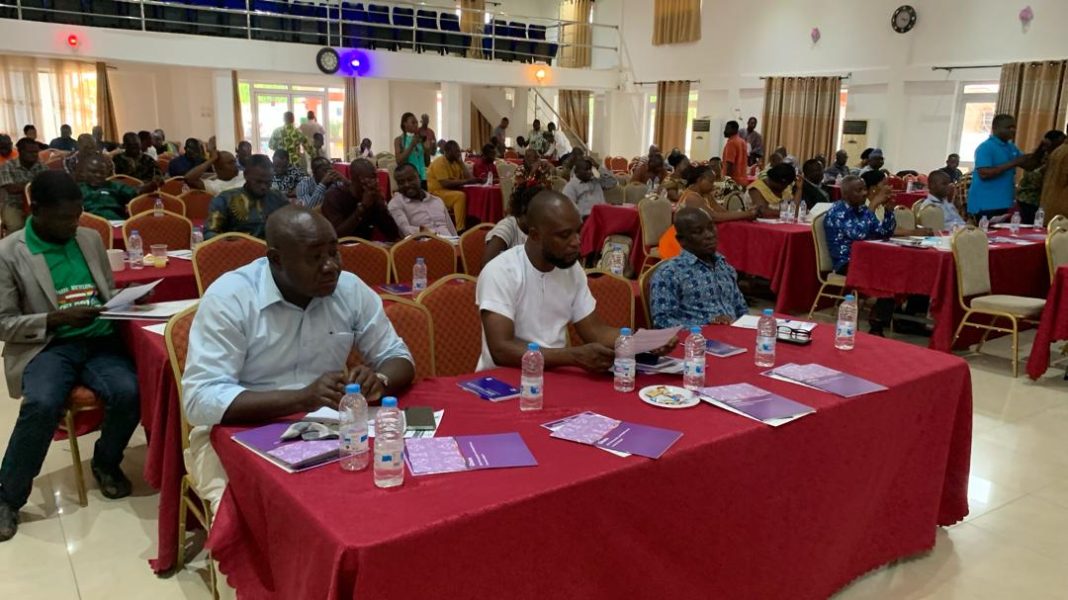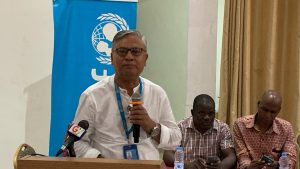The Ghana Statistical Service (GSS) has disseminated the findings of the 2022 Ghana Demographic and Health Survey (GDHS) Report in Tamale, the capital city of the Northern Region. The zonal and final dissemination brought together health workers, coordinating directors, educationists, etc from the Northern, Upper East, Upper West, North East, and Oti regions.
The findings of the survey cover a wide range of indicators including fertility rates, maternal and child health, family planning practices, nutrition, and HIV/AIDS prevalence.
The release of the GDHS Report in January 2024 marks a crucial step in providing policymakers, health practitioners, researchers, and the general public with comprehensive insights into the demographic and health trends shaping Ghana’s population dynamics.
In a welcome address by Dr Kobina Abaka Ansah, Deputy Head of Regional Offices at GSS on behalf of the Government Statistician, Dr. Samuel Annim, the importance of the GDHS Report will aid in informing evidence-based, decision-making and shaping interventions aimed at improving health outcomes and addressing socio-economic disparities across the country.
“In essence, the GDHS contributes vital data for understanding demographic and health trends on a national scale, allowing for meaningful comparisons with both Ghana’s historical data and similar studies conducted in other countries. We also make every effort to infer how the findings will boost our efforts in providing the needed data to enhance our policy-making on health interventions,” Dr. Abaka Ansah stated.
He explained that the 2022 GDHS aims to provide estimates of demographic and health indicators comparable to results from the six previous rounds conducted in 1988, 1993, 1998, 2003, 2008, and 2014, at both national and regional levels.
He added that the 2022 GDHS is generated with data on 44 Sustainable Development Goal (SDG) indicators across various crucial areas toward achieving the set targets by 2030.
Bhanu Pathak, Chief, UNICEF expressed optimism that the report will aid the country’s national development agenda and the SDGs.
“The latest developments surrounding Ghana have necessitated us to persistently continue our important mission for children. The situation of children in Ghana, where (before 2020), three out of four children were experiencing multi-dimensional poverty, and where one out of four children were suffering monetary poverty (even before the COVID-19), needs serious attention”, he said.
According to Mr. Bhanu Pathak, his outfit is again joining forces with the Ghana Statistical Service (GSS) to implement the Multiple Indicator Cluster Survey (MICS), which is scheduled to be conducted in 2025. He pledged UNICEF’s unflinching support to the government towards achieving the SDGs, especially for children.
The 2022 Ghana Demographic and Health Survey (GDHS) report was conducted with the support of key partners including USAID, WHO, THE GLOBAL FUND, UNICEF, WORLD BANK, KOICA, UNFPA, UK AID) and ICF.
Source: A1Radioonline.com|101.1Mhz|Joshua Asaah|Ghana




